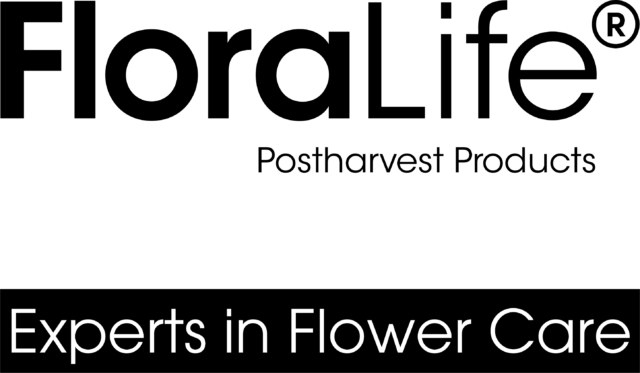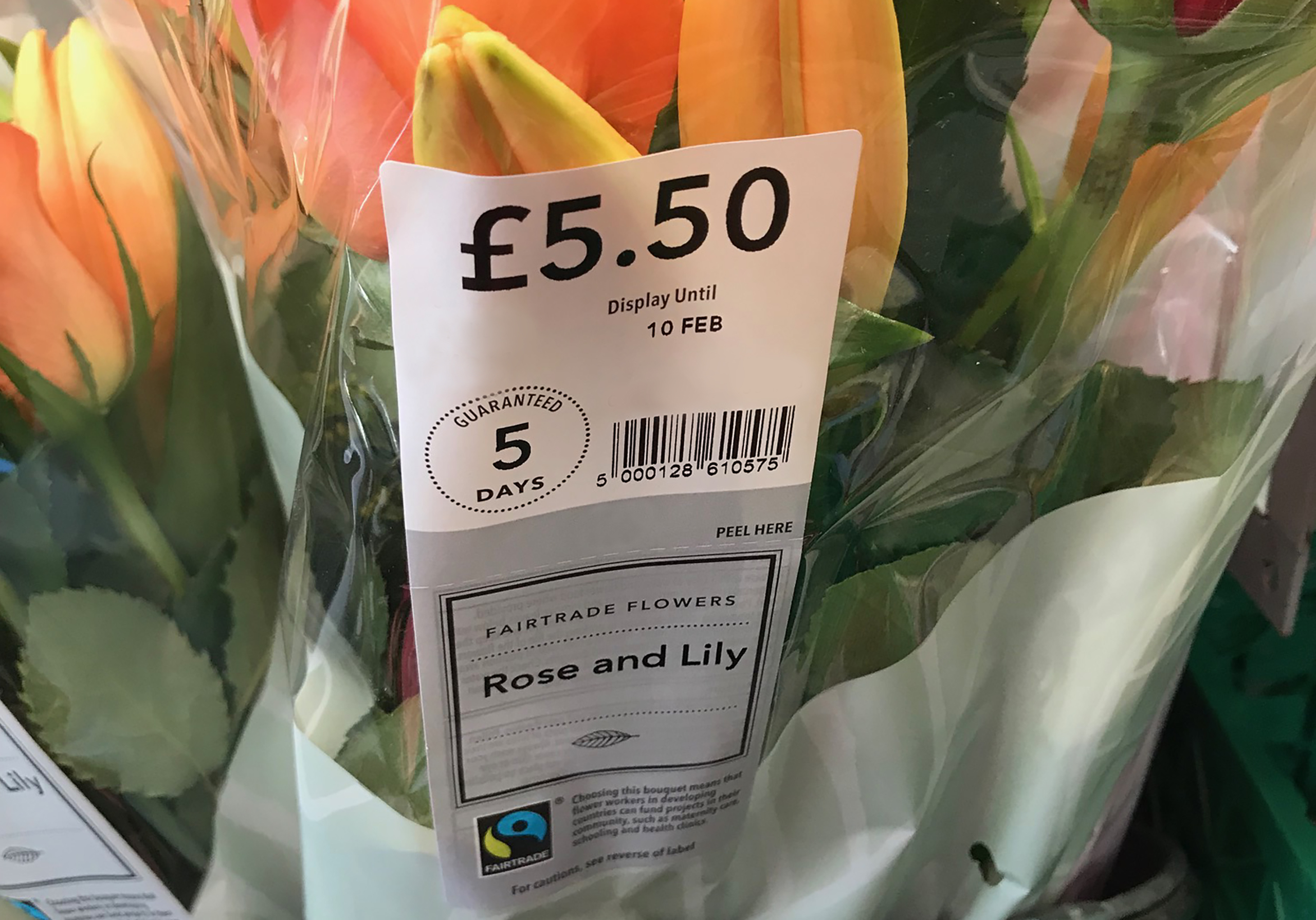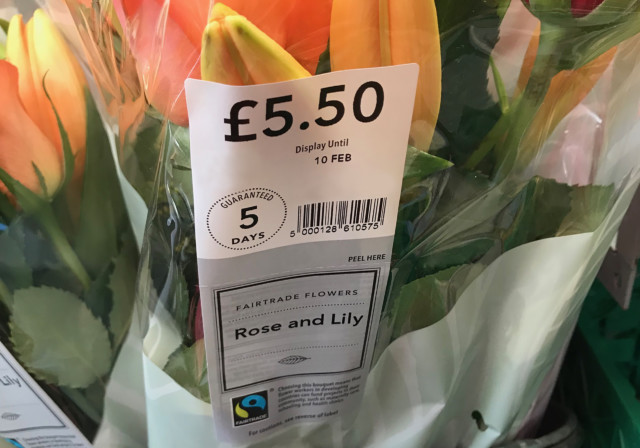When we think of date codes, sell by, or expiration dates, most of the time we associate the idea with food items. Typically, anything we ingest will be labeled with an expiration or use by date as recommended by the government and grower or supplier of the food item. This is based on testing and knowledge of the preservatives or processes possibly used when getting it ready to go to market for consumption. It's a given most people will follow these expiration date recommendations. If you've ever found out the hard way something's gone bad, say by drinking spoiled milk for example, you don't want to go through it again and were probably very diligent going forward about checking product expiration dates after that negative experience.
Reasons to put expiration dates on foods or food items is clear, but why do we put them on flowers that are not edible? Flowers have a shelf life too, and just because we aren't going to eat them doesn't mean they shouldn't have a date code. Here's a few reasons why they should:
- Customers aren't always fresh cut flower savvy. Although a bouquet might still look "ok" past its expiration date, it will not last as long once the customer gets it home. Some stores offer a product guarantee, if flowers don't live up to that guarantee customers will be dissatisfied. In a best-case scenario, they will complain asking for their money back or a replacement and maybe you'll have an opportunity to make it right. Sadly though, in most cases, people don't complain. They will simply not come back for flowers. Risking your fresh reputation selling old flowers isn't worth the damage to your business' image.
- Flowers that are past their prime are at a different point in their life cycle, giving off more Ethylene which accelerates the life cycle of the fresher flowers around them.
- Bouquets and bunches that have seen better days bring down your overall fresh image. Blooms begin to fade, flowers lose their vibrancy, leaves begin to yellow or shrivel. Flowers that have lost their luster bring down the whole display.
The reasons mentioned can lead to a loss of profitability and a negative effect on your bottom line. Date coding when followed correctly really helps you keep inventory fresh and takes the guesswork out of whether it's time to pull something off your sales floor.
Sell by Dates: General Information
Sell by dates are usually included on the UPC label from your flower supplier, there are a few standard formats that are generally used:
- Julian Date Code 19067 = March 8, 2019. The first 2 numbers of the Julian Date represent the year. The last three numbers represent the day that it was manufactured. So, for example, if the manufacture date was listed as 19067 that would mean that the product was manufactured on March 8, 2019.
- Scrambled Date Code 012201 = 01/01/22. This date code is scrambled (day/year/month).
- Generic Date Code 01/01/22. This date code is marked as any food product with actual pull date shown on label.
Different flowers have different ranges of shelf life so it's important to check display until or sell by dates carefully by variety as you cull displays daily. Received in good condition, most flowers are marked for expiration according to the variety, arrival date to your shop, and their typical expected vase life.
Some examples of date code range for staple flowers found in most shops:
Receiving Date +
- 10 days: Alstroemeria
- 7 days: Chrysanthemums & Carnations
- 5 days: Roses, Gerberas and Lilies
Need more information? Contact FloraLife, our team of experts is on standby ready to help!


